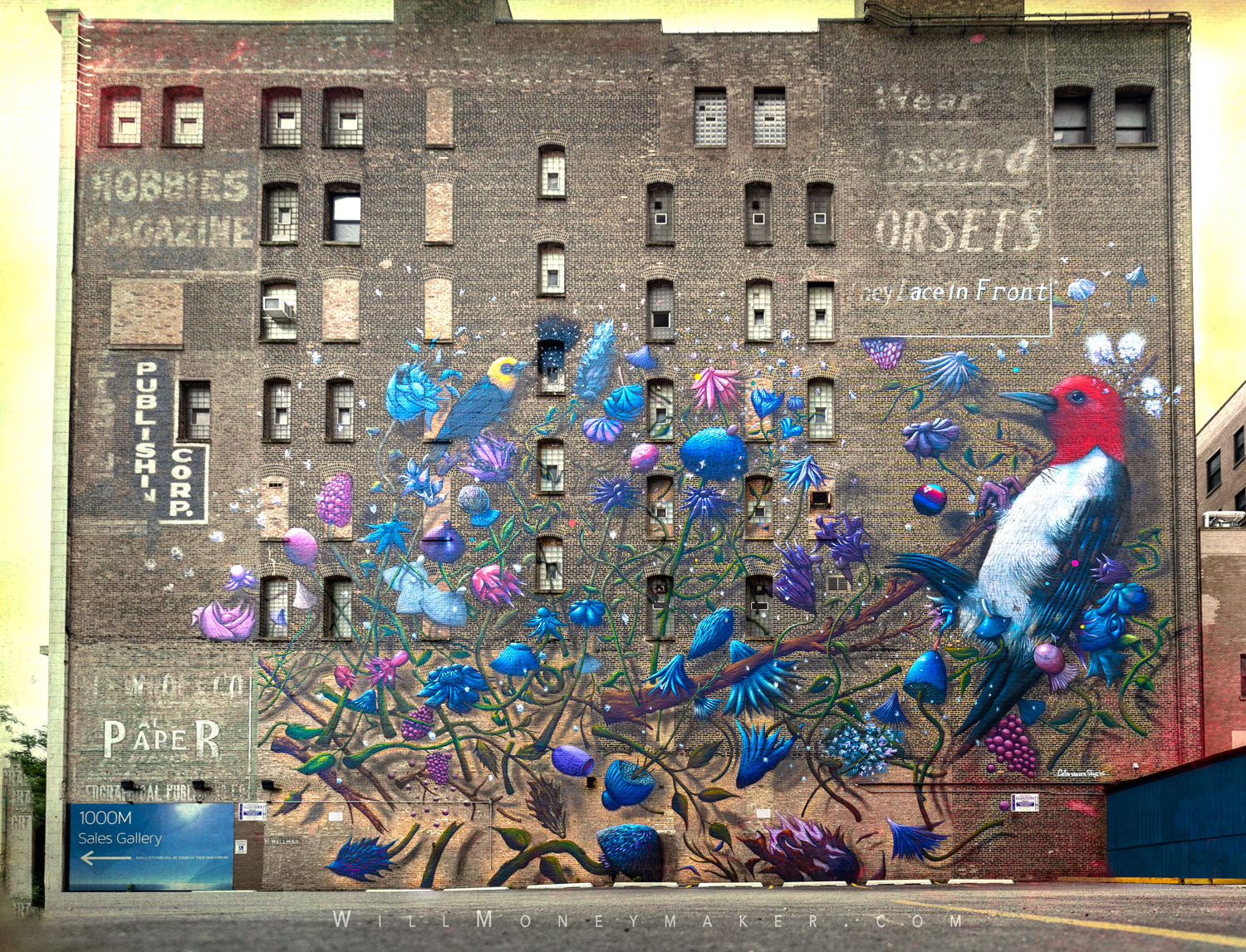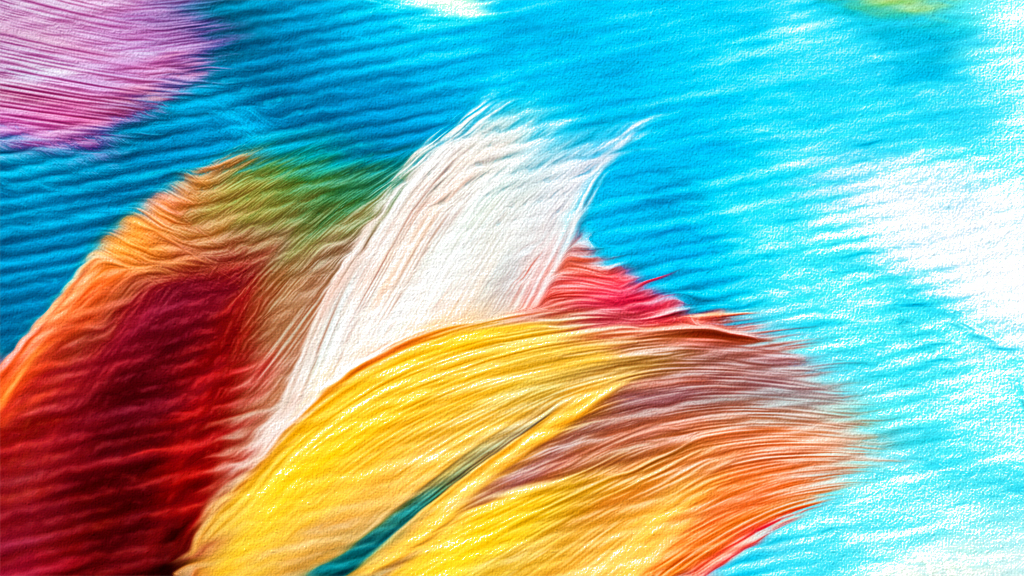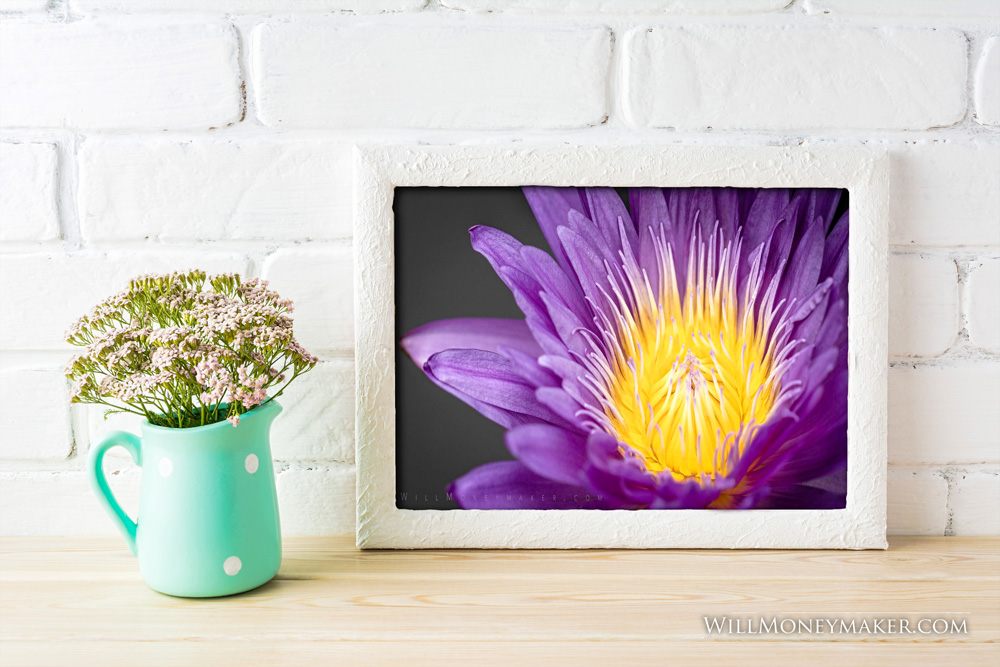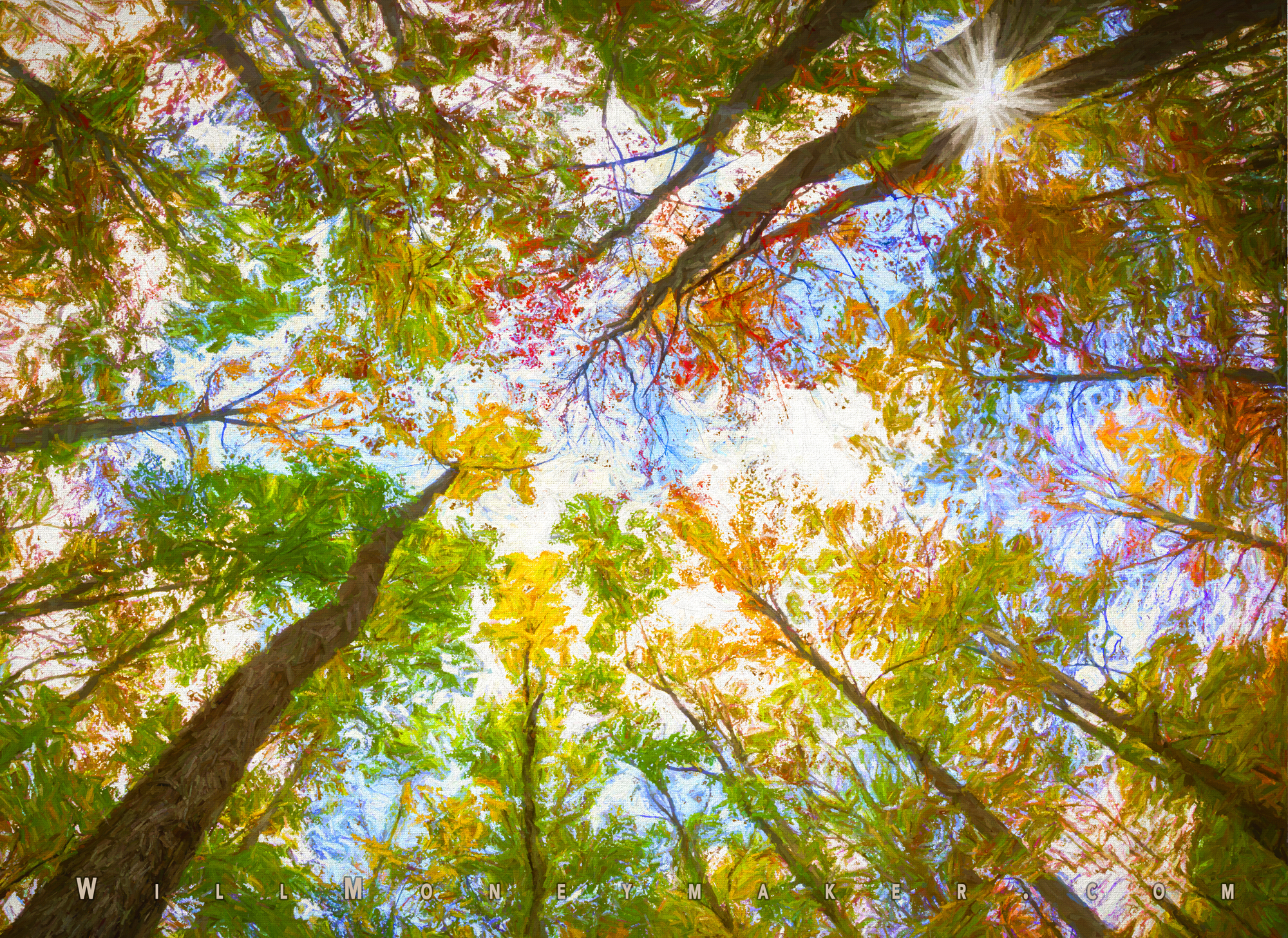There is one thing that sets photography apart from all other art forms. And that’s the reality of it. It’s one of those inescapable truths about photography, really. Every time we press the shutter button, we capture a small slice of reality. This just isn’t true of mediums like paints or sculpture. Sure, we might look at a real scene or a photograph of a scene in order to create a painting, but ultimately, we interpret what we see with each brushstroke, so there is always some separation from reality. Not so with the camera. The camera records exactly what it sees.
And because of this, there is a tendency among photographers to expand on this sense of reality. It’s something that happens especially among newer photographers, but even those who have been at it for years and years will do this. We very often work extremely hard to reproduce a scene exactly true to life. That means bringing every element into sharp focus, rendering colors just as we see them with our eyes, and getting the lighting perfect so that it looks no different from how we behold it.
Of course, there’s absolutely nothing wrong with this kind of ultra-realistic photography. But I think it’s important to remember that we’re not bound to realism. In fact, realism can be something of a trap that we get stuck in with this need to reproduce exactly what we see. Sometimes, though, accuracy may not be the best way to create a photograph.
To my mind, there are merits to using color and light in ways that aren’t necessarily accurate. It’s all about the shades of emotion that you want to imbue in the photograph. It’s necessary, I think, to sometimes separate from the reality of an image if the reality isn’t necessarily what gets the most meaning across.
Think about it this way. We go to great lengths to prevent overexposure or underexposure. But truthfully, when it’s used well? Overexposure can make a photograph look ethereal or heavenly—and that’s a useful tool when we want to make a photograph feel magical or somehow uplifting. Underexposure works similarly but in reverse. An underexposed image can be moody, grim, maybe even a bit sad, haunting or scary. It’s just another tool in your toolbox, something that you can use to get those feelings across if you need to.
The same is true of colors. There is, in fact, a whole branch of psychology devoted to color theory because people react similarly to different colors. Blue makes people feel relaxed, for example, while red can indicate danger or caution. You can wield these emotional shades within your images in any number of ways. Adjust the tint or white balance to something that while not necessarily accurate, gets the feeling that you intend across. Cool tints for photographs that are supposed to seem distant or lonesome, warm tints when you want to evoke a sense of reminiscence or the comfortable feeling of a beautiful summer afternoon.
The reality in photographs can be a wonderful thing—but there is no law that says we must abide by it. Don’t hesitate to veer into the surreal if that’s what brings to life all the shades of emotion that you want to express.





